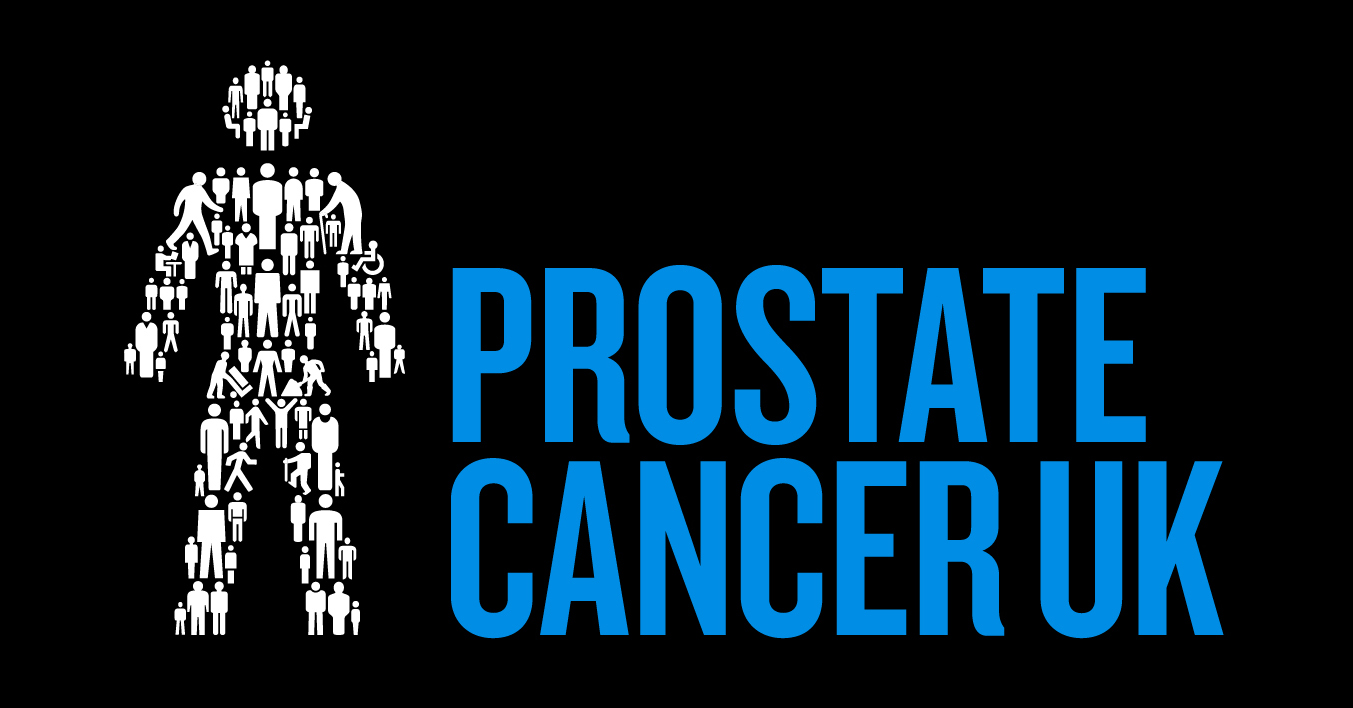A recent landmark injury claim has shaken the sporting industry, leaving many sports clubs wondering if they are adequately insured.
Back in 2015, a football player suffered a broken ankle and sued for loss of earnings. It has taken many years for the case to go through the courts and just this week the ruling was announced. As the player committing the foul was paid, he was in the eyes of the law employed by the club. Therefore, the club was found liable for injury or damage caused by their employees. The claimant won the case and, though the football club’s insurance defence costs will be covered by their league insurance – the payout is not covered. The club is now liable for damages and prosecution costs… totalling around £135,000.
The case has understandably raised significant questions. Many sports clubs have league insurance, assuming player-to-player liability is covered under the policy. Now it is very clear this is not the case, and this could have huge ramifications on many clubs.
Why is player-to-player not covered automatically by league insurance?
Under FA Regulations player-to-player insurance is not mandatory.
The League released a statement saying: “currently, the Liability policy offered by the League covers Legal Defence costs but not any compensation or claimants costs where awarded by the Court. This has always been the case. We used to offer player-to-player cover as an optional extra but the escalating cost of cover effectively made it unaffordable for most, however, each club is free to obtain such cover independently.”
Sports clubs have a couple of options: take out additional specialist insurance which covers player-to-player. Or, if the players are not being paid and are therefore not viewed as an employee of the club, encourage individual players to have their own Public Liability and Personal Accident cover.
This raises a very important question: what cover do football clubs currently have, and does it provide the necessary cover they need to protect their club?
Each club will have a slightly different policy, so it’s important to dig out those documents and have a thorough review. While upgrading or changing your insurance cover won’t help with any retrospective claims, it’ll certainly help make sure you’re covered for any future incidents.
If you need to check your existing policy, here are the questions you need to know the answer to:
- What limit of cover do you have in the event of ‘participant to participant’ (aka player-to-player) liability claim being made against you?
- Does this level of cover include protection for:
- Your own defence costs, as well as those of the claimant if they win the case?
- Third party damage – if you are found to be legally liable?
- If cover does apply then what is the financial level of protection given and does this apply to each and every incident, or is it a communal limit across all members of the league? For example, if you made a claim for £100,000 for a single incident and this used your communal limit you wouldn’t be covered for any further incidents and would have to settle any claims yourself without financial help.
- Is your sports club bar also covered? Some insurance policies won’t automatically provide Public Liability cover for the sports club bar, often dependent on turnover, so you should make sure this aspect of your club is adequately covered too.
- If cover doesn’t apply, are you able to get quotes for additional cover from your original insurer, or do you need to look elsewhere?
Is this only relevant to football clubs?
This issue extends to all sports clubs – particularly those deemed “dangerous sports”. If you are responsible for any sports club, check your policy and speak to a specialist to make sure you’re adequately covered. It appears other governing bodies such as RFU, RFL and Hockey England do provide player-to-player cover but, as we discussed in our previous blog about the issue, it’s still worth checking that the cover provided is adequate.
What about historic claims?
Anyone can put in a claim within three years, so it’s possible historic injury claims could now come out of the woodwork.
Committee members are rightly concerned about exposures if the club doesn’t have the right insurance cover in place. This could lead to some members removing themselves from a committee which, again, will have significant impact on sports clubs across the country. Directors and Officers Insurance cover provides absolute peace of mind for committee members should they be held personally liable for any claim.
Speak to Club Insure for further advice
Club Insure is working with specialist law firm rradar to provide technical assistance. We will be working with them closely over the coming week and months to gain a deeper understanding of the issues facing sports clubs following this insurance revelation.
You can always contact the Club Insure team for advice or an informal chat, too. Don’t forget to stay up to date on the latest news and updates by following us on social media.







